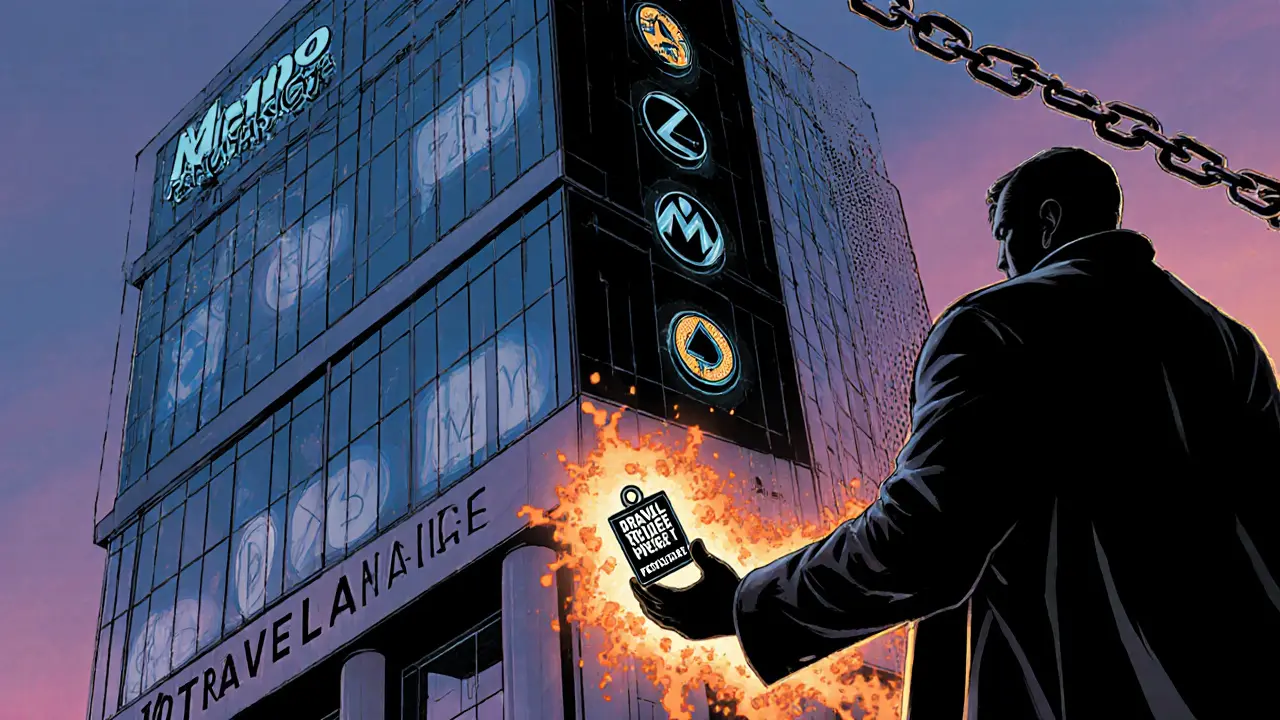Privacy Coin Delisting
When talking about privacy coin delisting, the removal of a privacy‑focused cryptocurrency from a trading platform. Also known as privacy token removal, it usually happens because the exchange, the marketplace where users buy and sell crypto assets faces regulatory compliance, the need to follow anti‑money‑laundering (AML) and know‑your‑customer (KYC) rules. Understanding this process helps you see how it ripples through the crypto market.
Why Exchanges Pull Privacy Coins
Most delistings stem from tighter regulatory compliance requirements. Governments worldwide crack down on anonymity tools, forcing platforms to drop coins that hide transaction data. When a regulator flags a privacy token, the exchange must assess legal risk, potential fines, and reputation damage. This decision often triggers a cascade: reduced market liquidity, fewer buyers, and a sudden drop in trading volume. In turn, the token’s price may tumble, and other platforms might follow suit to avoid being singled out. The link between regulatory pressure and exchange delisting is a clear cause‑effect chain that reshapes the market.
For investors, a delisting isn’t just a headline—it directly hits their holdings. Once a coin disappears from a major exchange, the remaining order books thin out, making it harder to sell without slippage. Prices can swing wildly, and the token’s overall market impact, the effect on broader market sentiment and price stability often turns negative. Moreover, the loss of a reputable listing reduces trust, pushing new users away and limiting future token listings, opportunities for a coin to appear on other exchanges. This creates a feedback loop where delisting fuels price drops, which in turn discourages other platforms from picking up the coin.
Projects don’t sit still after a delisting. Some attempt to rebrand, tweaking privacy features to satisfy regulators while keeping core technology. Others migrate to niche exchanges that specialize in privacy‑centric assets, where compliance standards differ. A few even launch on alternative blockchains with better privacy guarantees, hoping to attract a new user base. These strategies aim to restore exchange listings and revive market confidence, but success varies widely based on the regulatory climate and community support.
If you hold a privacy coin that’s been delisted, act quickly. First, check the exchange’s official announcement for withdrawal timelines. Then, move your tokens to a secure crypto wallet, a personal storage solution where you control the private keys before the deadline. Some platforms offer bridges to other networks or direct swap options; use them to keep your assets liquid. Finally, keep an eye on alternative exchanges and community forums for relisting news or migration guides. Staying proactive can protect you from forced liquidation and give you a head start on new opportunities.
The posts below dive deeper into each of these angles. You'll find real‑world examples of exchanges pulling privacy tokens, analysis of regulatory trends, tips for safeguarding your holdings, and forecasts of how delistings could reshape the crypto landscape. Whether you’re a trader, a developer, or just curious about privacy coins, the collection offers practical insights you can apply right away.
Explore why privacy coins face a massive delisting wave in 2025, the regulations driving it, market impact, and how users can adapt with DEXs and P2P platforms.

